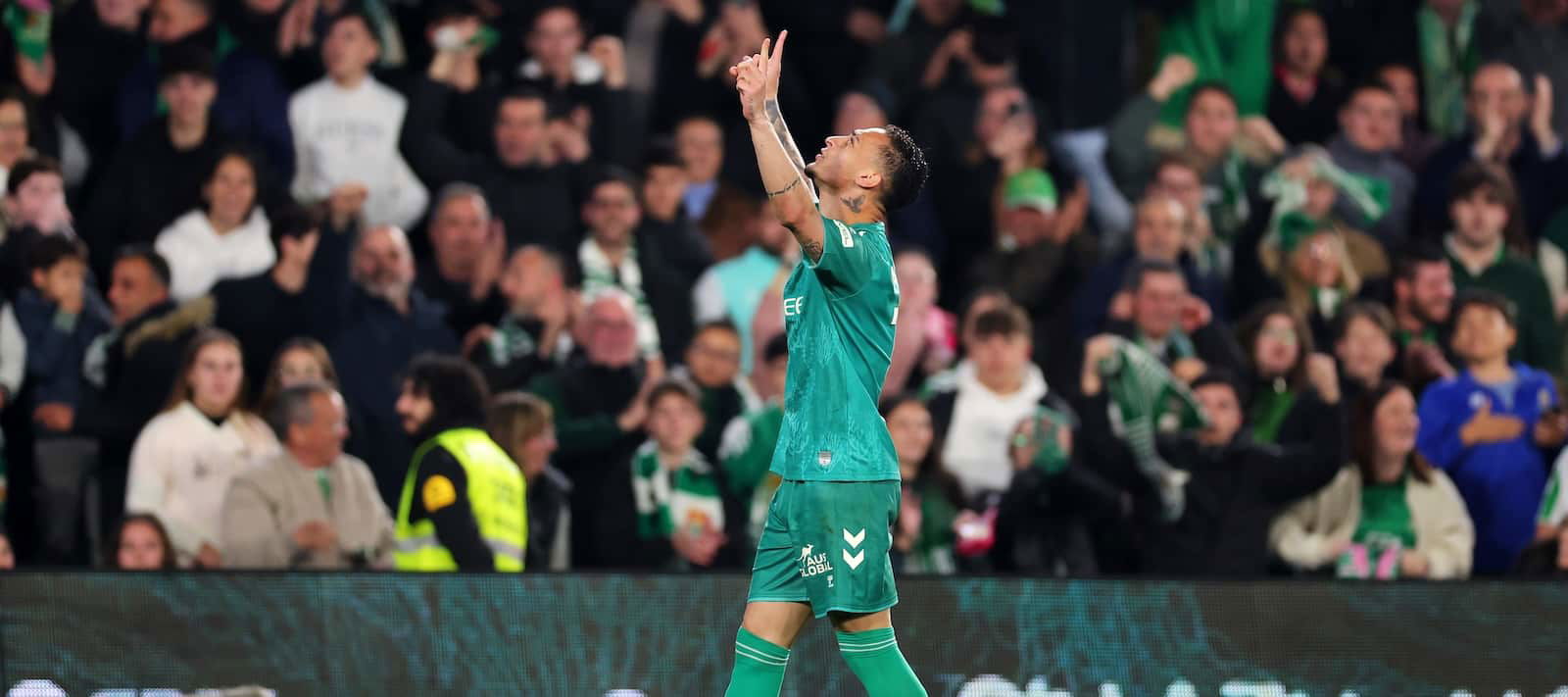Far from most modern “horror” fare, Late Night with the Devil is an engaging, thoughtful, and entertaining demon possession film that takes a complex and educated approach to the subject matter, while also serving as a quaint period piece documenting the culture of 1970s America.
The film is part mockumentary, featuring “found footage” of a show in which a 1970s late night talk show host, struggling to catch up with the ratings of Johnny Carson, invited a demon-possessed teenage girl and her “parapsychologist” guardian on his Halloween special. Throughout the course of the night, the demon’s role on the show is made manifest, as are the secrets of host Jack Delroy (David Dastmalchian).
It is legitimately frightening, without engaging in jump scares or grotesque torture-related material. It’s also a relatively accurate portrayal of the way priests involved with exorcism have described satanic possession, and a fun period piece. It is not simply the sets, graphics, costumes, and digital video effects that make the film feel like something directly out of the 1970s, but also the way the characters speak. Language evolves over time, and the writers and actors clearly studied the manner of speech from the 1970s, and recreated it very effectively.
As a pleasant surprise, the film also features Bohemian Grove, which is an elite retreat in Northern California where elites go and allegedly – in fact, apparently – engage in various satanic rituals. The Grove was the subject of a 2000 documentary film by Alex Jones entitled Dark Secrets: Inside Bohemian Grove. In the documentary, Jones recorded some type of mock human sacrifice in front of a giant owl statue. The owl is featured in the iconography of the rituals in the film.
Along with the sets, costumes, and themes, the acting is great. The effects struggle at times, no doubt due to a limited budget, but there aren’t a lot of effects anyway, as the film is more focused on building tension than portraying horror.
Hilariously, there was some AI-related drama around the release of the film, as some of the cards marking ad breaks were apparently generated with AI. This is an example:
The complainers claimed that instead of using DALL-E and making these images for free, the filmmakers should have wasted money from their budget paying someone to create that art. It’s never explained why filmmakers should be required to ignore the existence of AI technology, and therefore waste money, it is simply asserted that this is a moral obligation, while the root of this morality is never explained. I give the film extra points for making the anti-AI crybabies mad.
The film’s intro is particularly strong, framing the film as a documentary showing found footage of the 1977 Halloween broadcast of the Carson competitor “Night Owls,” narrated by one of our favorites, Michael Ironside. Conversely, the ending is the weakest part, feeling somehow a bit rushed, even as it finally reveals the protagonist’s secrets (which, frankly, were obvious from very early on). I was also disappointed that the Irish Catholic character was not able to keep the demon at bay with his crucifix, which showed that while the film is definitely inspired by Christian material, it is not a true Christian film (I would have much preferred the Irishman to be the sole survivor).
I will also note that this is one of many films released in the last couple of years that has no forced diversity. Fitting accurately into the time and place at which it took place, the cast is nigh entirely white, featuring only a black set manager, who is a believable and non-offensive character. The film, which is not political at all (save for perhaps vaguely or partially Christian/Catholic), is yet more proof that “woke” is no longer the driving factor in American culture. Like Deadpool 3, it is clear proof that it is once again possible to simply make good, enjoyable films that are not preoccupied with pushing a political agenda or attacking the race and identity of the audience that is paying to view the film.
Although it is classified as horror, it is not particularly graphic, but I still would not recommend it to the squeamish. That said, I would not recommend it to people who are easily rustled, as it is certainly intense. After watching it with some friends at a comrade’s home theater, I was easily able to make the women scream by playing with the light switch.
I am a big respecter of both authentic portrayals of satanic phenomena and tributes to post-war Americana (are the 1970s really “post-war”? They definitely happened after World War II), as well as references to my favorite conspiracy material, so maybe I’m biased, but I quite enjoyed the film despite being disappointed that they did not go all the way with the Christian themes, and give Late Night with the Devil an 8/10.
Watch it with the lights off.





